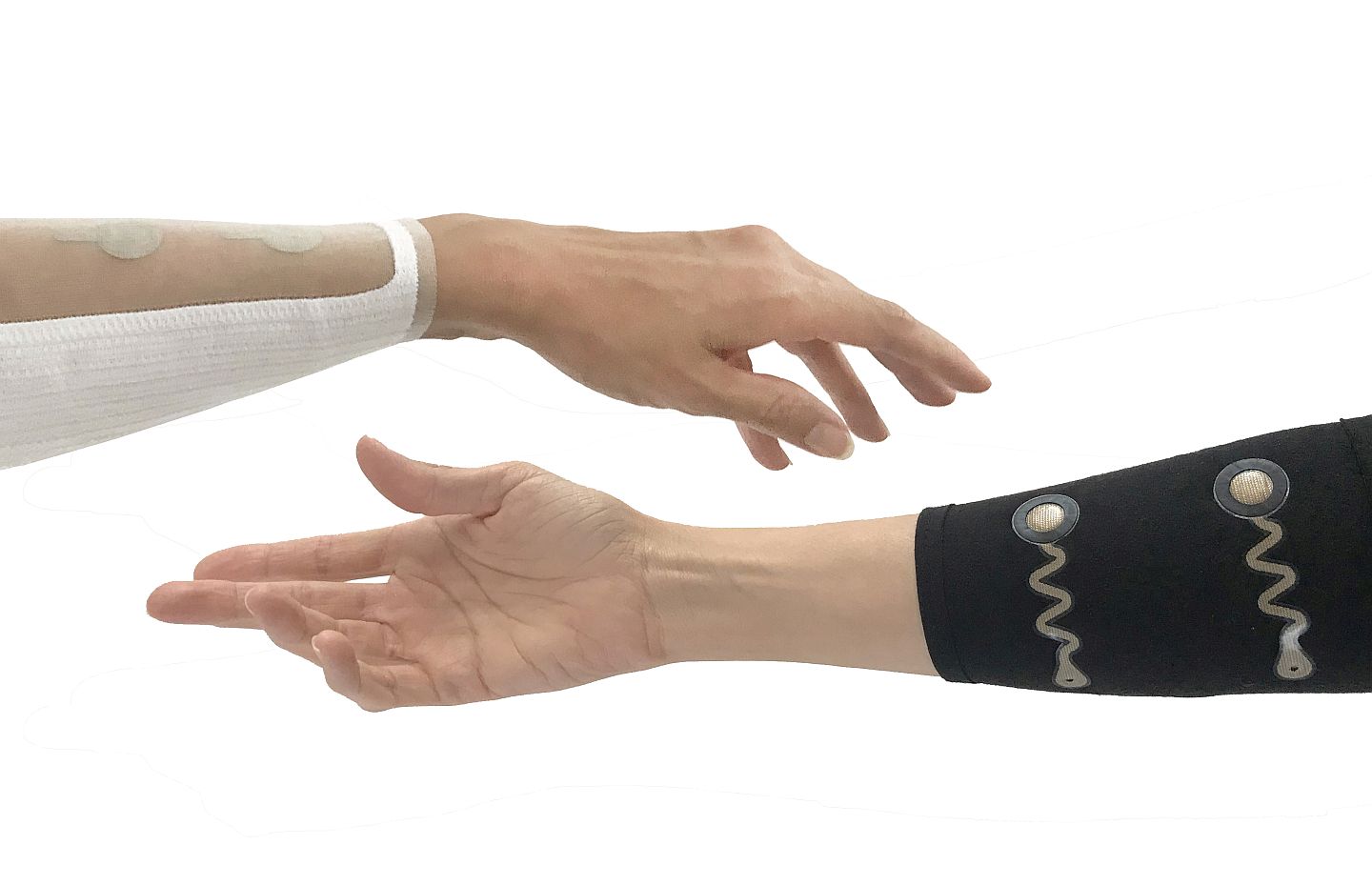Art and design are inseparably interwoven with the textile world. For e-textiles at the intersection of textiles and electronics, creative aspects play an equally important role. That is why we have been cooperating with artists and designers in co-creative processes for more than 20 years. Through new impulses and changing perspectives, such collaborations hold enormous potential for innovation. With an artistic approach, we are researching innovative technologies with the aim of creating new products, processes and services. We work individually with designers, students and (Berlin) universities. The results of such collaborations have been featured in international press (e.g., Vogue, The Guardian, New York Times), is or has been exhibited in museums (e.g., MAK Wien, Boras Smart Textiles Showroom, Red Dot Museum Essen) and has won awards (Red Dot Design Award and Avantex Innovation Award among others). The Textile Prototyping Lab (TPL) at the IZM, a result of a collaborative project between the IZM, the weißensee kunsthochschule berlin (KHB) and other partners, is also an example of a successful art-tech cooperation.
New funding opportunities from the Fraunhofer society via their »Wissenschaft, Kunst und Design« (science, art and design) network or the European Union (New European Bauhaus and S-T-ARTS) have created new and easier ways for art-tech collaborations.
E:Space
Collaborative Development of textile-based Electronics using Co-Design and Co-Creation processes at the Textile Prototyping Lab (TPL) of the Fraunhofer IZM
Outcome of the project E:Space – a collaboration between IZM and KHB – was an interactive desktop mat. In times of changing work environments (“new work”), the mat is designed to achieve a more nuanced and personal way of communication with co-workers across distances. The project idea was developed and realized in a series of workshops (with and without invited experts from ergonomics, art and design) using innovative, design-driven methods like co-design, co-creation and design thinking. This process was just as much the goal of the project as the realized demonstrator. The TPL at the IZM is the hub of the project, it houses workshops and prototyping sessions, it serves as a work and presentation space.
In the desktop mat, an integrated textile pressure matrix enables gesture control of certain functions like e.g., the applause in a video call. A “stress ball” serving as a switch when pressed offers a more intuitive and emotional input option. Integrated LEDs and a vibrator allow for haptic and visual feedback to the user. The realization of the demonstrator built upon the E-Textile Prototyping Toolkit and used the tex bond technology (a proprietary interconnection method for e-textiles). The knitted sleeve – designed by collaborators from KHB – represents the functions with different knitting patterns. The innovative methodology of the project is showcased in an accompanying video documentary.
 Fraunhofer Institute for Reliability and Microintegration IZM
Fraunhofer Institute for Reliability and Microintegration IZM
